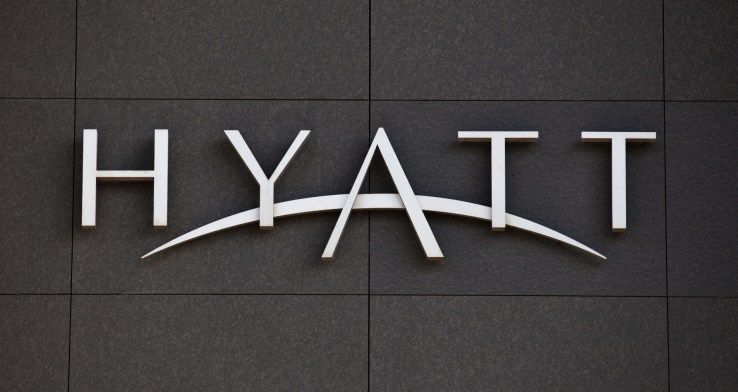Tata Motors is making appreciable progress in terms of design, something that’s very evident with the Zest, Bolt and more than ever with the new Zica. The company plans to transform its image of a maker of average, and sometimes boring looking cars to one that makes exciting cars. In that context, the company today announced its new IMPACT Design language for its upcoming passenger vehicles. The recently unveiled ZICA, that we test drove a few weeks back is the first new product under this design language. According to an official release by the company “the IMPACT design forms the over-arching design brand which stands for ‘Immediate IMPACT at first sight and lasting IMPACT over time.’
In case of most reputed international carmakers, the family look of the cars is expressed by a design philosophy which more or less defines how the cars from the stable will look like. For example, Hyundai has tasted immense success with its Fluidic Sculpture design philosophy; another example would be Ford’s Kinetic Design philosophy. According to the brand, the ZICA truly embodies the IMPACT Design. It distills the fine points of auto design with styling and lines that accentuate modern India and its global citizens.
Here’s what Tata Motors have to say about the definition of their new IMPACT design language.
It is after keeping the media-saturated customer in mind that a new design language had to be created. Something that could break the clutter and reinvent the wheel every time it was applied. And thus, the IMPACT design philosophy was created.
IMPACT Design further distills the design elements that can be expected from all Tata Motors Passenger Vehicles. It will be achieved through key design elements on the Exterior and Interior.
The Exteriors design will be defined through ‘EXciting’, ‘EXpressive’ and ‘EXtraordinary’ features:
- Exciting architecture and pleasing proportions will be standard e.g. best in segment size & location of the wheels, perfectly proportioned cabin to body ratio and hood to cabin relationship
- Expressive surfaces and graphics e.g. front face framed by the Humanity Line; dynamism amplified by the Slingshot line; movement created by the Diamond Window
- Extraordinary: Details inspired by Indian Architecture
According to Mr. Pratap Bose, Head, Design, Tata Motors, “You can either win or lose a potential customer within the first 20 seconds of them seeing a car. However, the customer stays with you based on the long-term experience they have with the product or service. IMPACT DESIGN is exactly about an Immediate and a Lasting Impact, Design has in our lives, and environment. From ‘INtelligent’ use of space, ‘INviting’ interiors and ConnectNext features that make you feel ‘INtouch’ with the world inside to EXpressive, EXciting’, and EXtraordinary exterior features. With the ZICA we have started this journey.”
According to Mr. Mayank Pareek, President, Passenger Vehicle Business Unit, Tata Motors, “Today, the automakers are developing innovative technologies to cater to the needs of the new generation of customers. Design is among the key factors for car purchase decisions. Tata Motors recognizes this and presents IMPACT Design – as a key focus for the company’s passenger vehicle strategy. The new, youthful, energetic and bold character of the passenger vehicles by Tata Motors is sure to make a lasting impact on our customers and on the Indian roads.”
While all of that sounds good and a tad optimistic in out opinion, the Zica does look like an evolved product in terms of design. Would you agree that the ZICA is a true embodiment of Tata Motors’ IMPACT design philosophy? Do share your views with us via comments or through one of our social channels.







